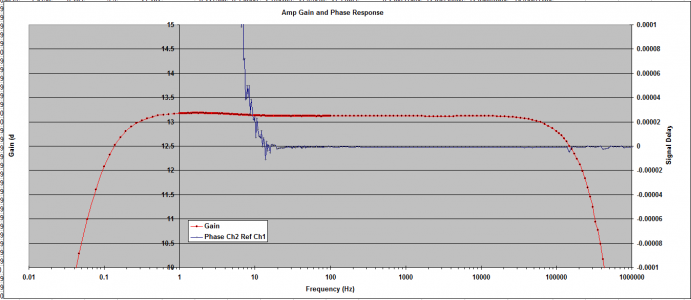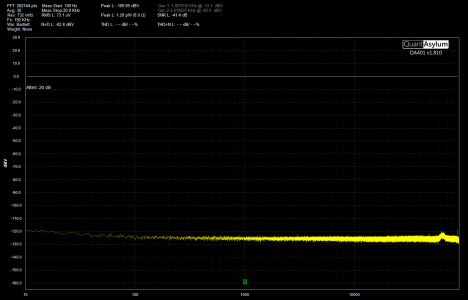- Joined
- Jul 28, 2017
- Messages
- 2,574
I have designed and built a class-A headphone amplifier (a variation on the classic "JLH" circuit) and need to package it up. My plan was to give it some nice "heft" by using .25" thick aluminum stock, which means I need to drill a lot of accurately-placed holes to screw everything together. For one-off projects I have used 1-2-3 blocks and clamps to elevate the plate, aligning it with a DTI. But the number of holes for this project meant I would spend a lot of time just on the alignment step(s). So I designed and 3D-printed some sacrificial holders to hopefully speed things up.
Here's a photo showing them in use:

Two holes done, many more to come. Here's a photo showing a test fit and how things will eventually go together:

It can be seen that I also have printed some board mounts for the PCBs. More holes to drill (and in this case, tap).
The heat sinks were scrounged during my working years and had no provision for mounting them on anything (they originally were glued onto the back of a high-speed hybrid amplifier used in a 1GHz Tektronix oscilloscope). So my mounting scheme uses those .25" square rails on the top and bottom of the heat sinks. This scheme leaves four blank spaces, two on each side of the heat sink, and they will be filled in with more 3D printed pieces. They will be screwed onto the back of the heat sinks. I got some black PLA filament for them because I'm going to paint the enclosure black (with the exception of the heat sinks). Ye olde rattle can approach.
I also am planning on 3D printing some feet because there will be some screw heads protruding on the bottom. The countersink diameter for #6 flat head screws would put the countersink a little beyond the edge of the base (and top). TPU would be the best in terms of not scratching the furniture but I'm skeptical that my old Ender 3 will be able to print it. Instead, I'll use some of those PSA-backed furniture pads.
Here's a photo showing them in use:

Two holes done, many more to come. Here's a photo showing a test fit and how things will eventually go together:

It can be seen that I also have printed some board mounts for the PCBs. More holes to drill (and in this case, tap).
The heat sinks were scrounged during my working years and had no provision for mounting them on anything (they originally were glued onto the back of a high-speed hybrid amplifier used in a 1GHz Tektronix oscilloscope). So my mounting scheme uses those .25" square rails on the top and bottom of the heat sinks. This scheme leaves four blank spaces, two on each side of the heat sink, and they will be filled in with more 3D printed pieces. They will be screwed onto the back of the heat sinks. I got some black PLA filament for them because I'm going to paint the enclosure black (with the exception of the heat sinks). Ye olde rattle can approach.
I also am planning on 3D printing some feet because there will be some screw heads protruding on the bottom. The countersink diameter for #6 flat head screws would put the countersink a little beyond the edge of the base (and top). TPU would be the best in terms of not scratching the furniture but I'm skeptical that my old Ender 3 will be able to print it. Instead, I'll use some of those PSA-backed furniture pads.


